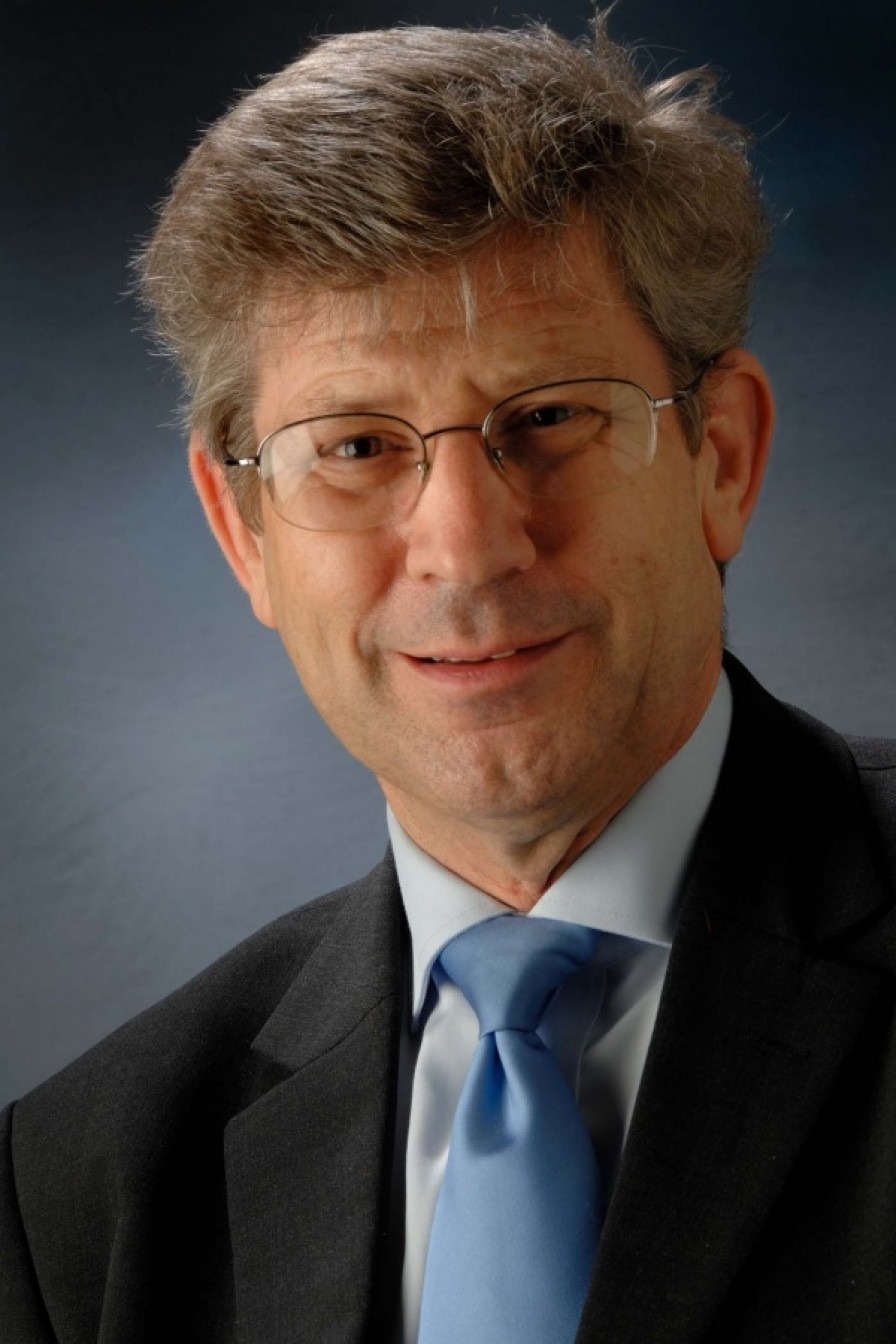Are Music Education Hubs working?

Can you spare two minutes to read the extract below? It was written in 2006 – six years before hubs formally came into being!
“The new music education offer demands more effective frameworks within which to deliver the increased and wider ranging music-making opportunities for children and young people. These frameworks must ensure coordination and collaboration within and between all music providers, children’s services in each area and the music and other creative industries. Such collaborative working should draw on the existing strengths and value of each area’s music providers, especially music services and community musicians, and deliver additional and mutual benefits to them all in terms of their ability to operate successfully. The frameworks must be able to pool and make best use of the range of funding streams that support music providers; and be sustained by a workforce that is suitably trained, rewarded and sufficiently diverse to meet the musical and social needs of every child and young person through a process of personalised learning. Bringing providers together in such a way can create a critical mass to provide a strategic overview of need and provision, and help them to deliver much more, and in more effective ways, than each can separately. We are persuaded of this by the successful collaborations that already go on locally and regionally.
We make no presumption about the identity or structure of these hubs, except that we see them as an unbureaucratic, light-touch and flexible means – real or virtual – by which an area can review and more effectively meet needs and aspirations, coordinate the services of all music education providers, and give them a more secure, collaborative and exciting environment in which to work. The core aim of every music education hub must be the effective and sustainable delivery of a broader, richer and more qualitative music offer for all children and young people. What might providers do working together in a music education hub? Some of the suggested activities below are adapted from the framework that children’s trusts use in planning and commissioning children’s, young people’s and maternity services, as set out in Every Child Matters: change for children. It gives the most important steps towards developing a comprehensive and integrated system of support for children and young people:
Consider the current pattern and recent trends of music outcomes for all children and young people in their area, against national and relevant local comparators.
Address the musical outcomes for particular groups of children and young people (e.g. children with disabilities or special educational needs, looked-after children) who may require different approaches to provision or additional support.
Use this data and the views of children and young people and of music providers to develop an overall, integrated needs assessment.
Agree on the nature and scale of the local challenge for music provision, identify the resources available, and set priorities for action.
Plan the pattern of service most likely to secure priority outcomes, considering carefully the ways in which more resources can be focused on these priorities.
Decide together how best to deliver outcomes, including drawing in alternative providers to widen options and increase efficiency.
Develop and extend joint commissioning from pooled budgets and resources.
Develop local markets for providing integrated and other services.
Produce and implement a local workforce strategy to cover services and roles, training and professional development, and the most effective ways of working to support successful delivery of services and meeting of needs.
Monitor and review provision to ensure services and the joint planning and commissioning process are working to deliver the goals set out for them.”
Recognise the source? It is Music Manifesto Report No 2. This is not about how many hubs there are. This is about how all of those involved in music education in an area, including schools, work together to provide the best possible music education with the available resources.
As we move towards funding for 2015 and beyond, are we learning from the past?
